How to grow Amarine
A relatively recent introduction, this hybrid between Amaryllis belladonna and Nerine bowdenii offers the vigour and large stature of the former, with the hardiness and autumn flowering period of the latter. The appearance of the flowers is halfway between the two; larger and more trumpet-like than nerine, but more petite and delicate than amaryllis.
Originally produced for the cut-flower trade, amarine has become popular among gardeners for impressive, late season interest in a sunny spot. It has also been found to offer quicker rewards than nerine, which can need a year or two to settle in before flowering.
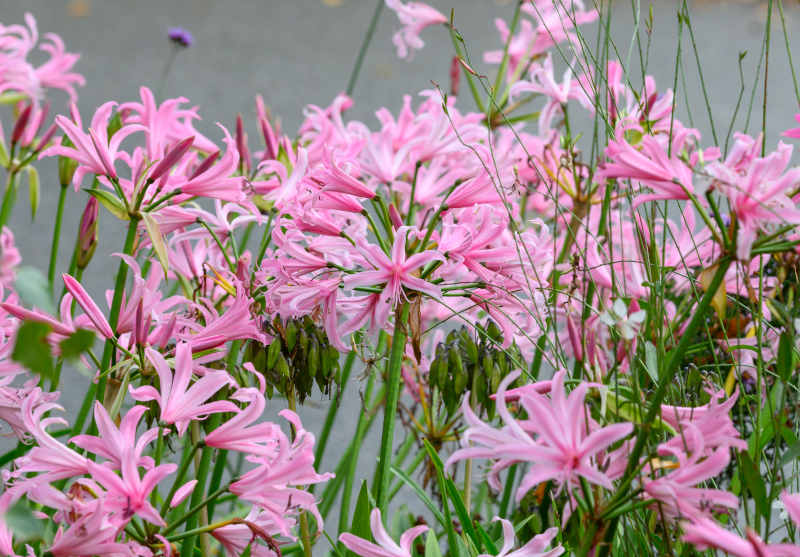
Key Information
Soil pH
Position
Hardiness


Where to plant Amarine
Amarine can be bought both as bulbs and potted plants.
As bulbs, they are best planted in late spring/ early summer.
In theory, potted plants can be planted any time, though they’re most likely to be available in autumn.
Much like nerines, amarines prefer a dry, sunny spot and will thrive in poor soil. They are particularly happy at the base of a warm, south-facing wall. Amarines also enjoy life in a container, which has the added advantage of enabling you to overwinter them indoors (a good idea, especially if you live in a cold, wet part of the UK. See the ‘Cold Protection’ section below for more on this).
How to plant Amarine
- For planting in the garden, clear the chosen area of weeds.
- Dig a planting hole shallow enough that the neck of the bulb will be sticking up above the surface of the soil. It is a good idea to mix in some horticultural grit at this stage, especially if your soil is on the heavy side.
- Place the bulb in the hole, pointy side up.
- Backfill with soil and firm in gently. Remember to make sure you can still see the neck of the bulb above the surface of the soil – submerging it can result in rotting or failure to flower.
- Aim for a spacing between bulbs of around 10cm.
- Soak well with water.
- Mulch with horticultural grit.
- For planting in a container firstly choose an appropriately sized pot, ensuring there are plenty of drainage holes in the bottom. Amarine flower best when crowded together and, like many bulbs, can be planted closer in a pot than in the ground. Aim therefore for one that will allow you to group your bulbs close together without actually touching, leaving a 1-2cm gap around the inside rim of the pot.
- If you are using a large pot, it can be a good idea to fill and plant it in situ to save yourself the trouble of moving once full.
- Use a good quality potting compost with plenty of horticultural grit mixed in (aim for around 20-30% grit), and, if not already present in the compost (check the description on the bag) some slow-release fertiliser granules.
- Plant the bulbs (pointy side up) close together but not touching. It is important to make sure the neck of each bulb sticks out of the compost.
- Pick up the container and lightly tap on the potting bench or ground a few times to help settle the compost around the bulbs.
- Soak well with water.
- A mulch with horticultural grit will look attractive and help to prevent a ‘cap’ or crust forming on the top of the compost (something container plants can suffer due to the artificial nature of their watering).
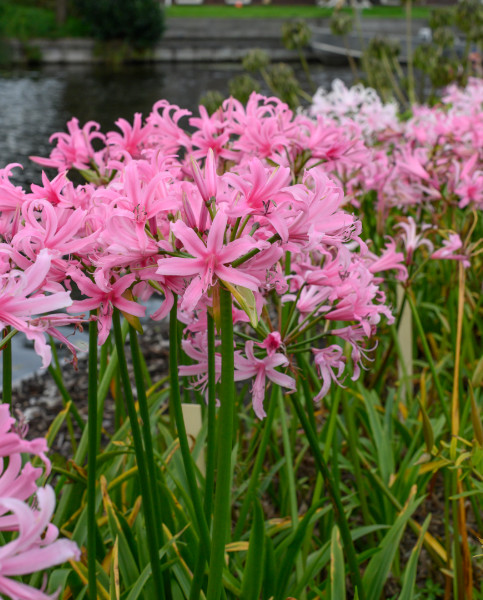
What to plant with Amarine
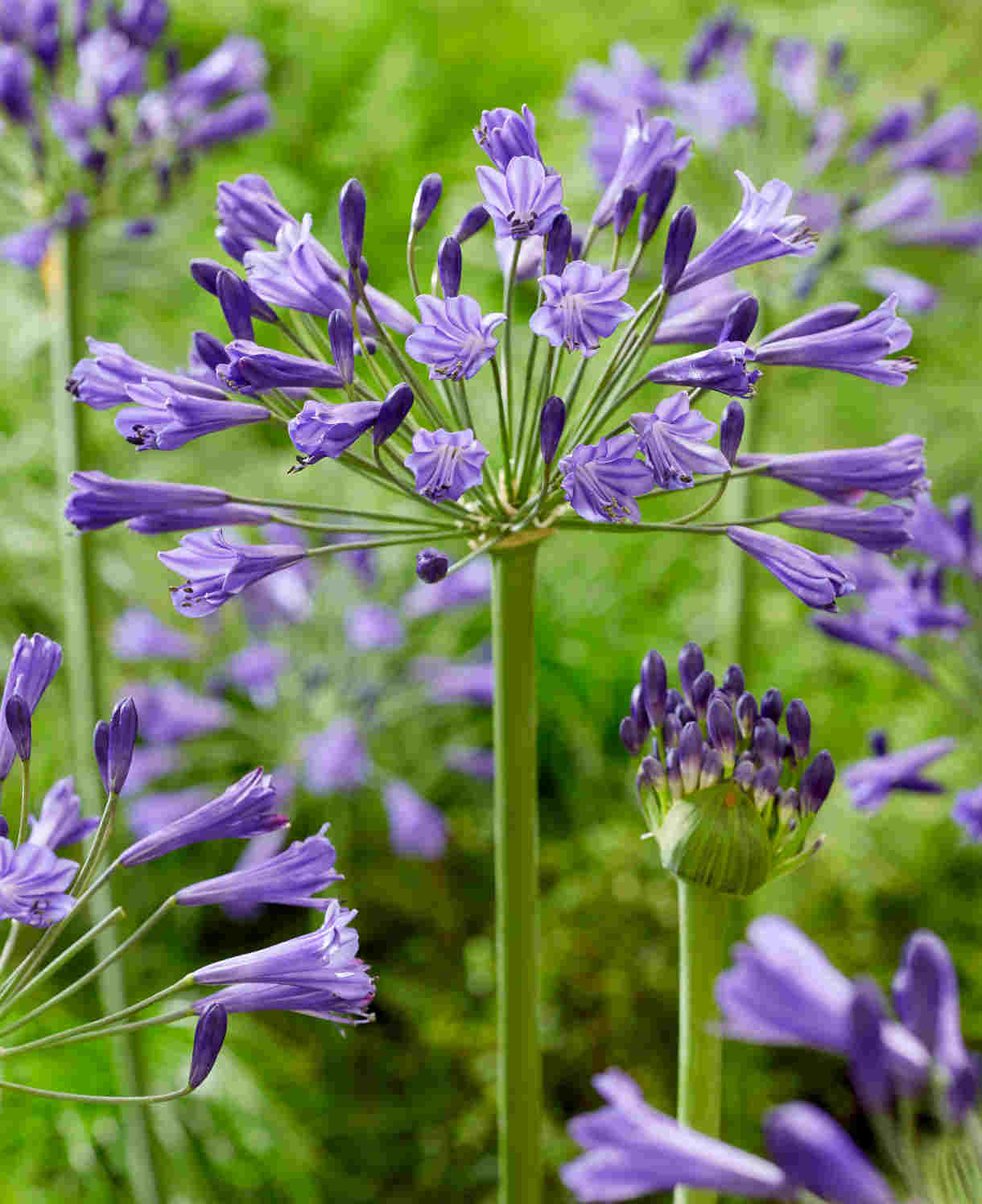
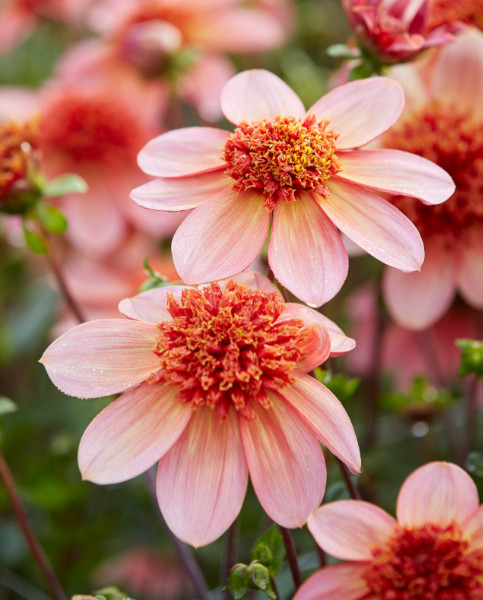
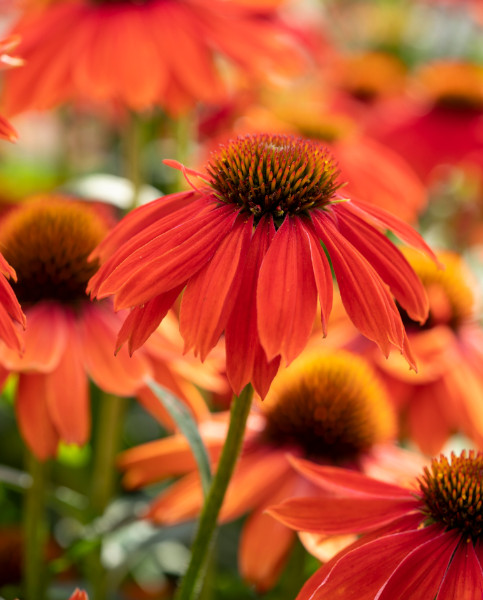
How to care for Amarine
Pruning and Deadheading
Cut back spent flower heads after blooming to prevent them setting seed and conserve energy for the following year’s growth.
Remove withered foliage as the plants die back for winter.
Watering
Give amarine a good soaking when growth starts to emerge, and then once a week in any dry weather during the growing season. Stop watering when the foliage dies back.
For amarine in a container, make sure the top few centimetres of compost has dried out before watering to avoid overdoing it. To check this, wiggle your finger down into the compost until you feel moisture.
Feeding
To stimulate healthy flower production, feed your amarine bulbs every two weeks from the moment growth appears to when foliage starts to wither. A high-potassium liquid feed such as tomato feed is ideal, mixed to half the recommended strength.
Container-grown amarine benefits from having its compost refreshed every year or two during dormancy. Simply remove the clump of bulbs from the pot, shake off any compost, and replace it with fresh.
Cold Protection
Planted in the ground in a warm, sheltered, well-draining spot, amarine can be expected to overwinter without the need for additional protection. In colder, wetter locations, a cloche or dry winter mulch can be beneficial, such as bracken, straw, or bark chippings.
Container-grown amarine are best protected from both cold and rain. This can mean:
- Moving to a sheltered location such as in the rain shadow of a sunny, south-facing wall, perhaps with one of these handy fleece jackets over the top.
- Moving to a protected environment such as a conservatory, greenhouse, or porch
- Wrapping the container in hessian or fleece, again with a fleece jacket over the top.
Pests and Diseases
Amarine is considered problem-free.
How to propagate Amarine
Over time amarine will form a congested clump of bulbs. This is the time of the most impressive and floriferous display, though after a few years at this level the flowering can start to wane. At this point we recommend lifting and dividing clumps to create further planting opportunities and renew vigour. (Expect to be doing this every five or so years).
Division can be done either immediately after flowering, or in spring.
- Gently lift out of the ground with a garden fork, taking care not to pierce any of the bulbs.
- If grown in a container, remove by any means possible. Unfortunately, for congested clumps, this can often mean having to break the pot.
- Shake off any excess soil/ compost, and carefully tease bulbs apart by hand.
- Replant or pot where desired, as in our ‘How to plant amarine’ section above.
* Many plants carry Plant Breeders Rights and cannot be propagated for commercial purposes.
Common Amarine questions
- How deep should amarine bulbs be planted?
Amarine bulbs should be shallow planted so that their necks protrude above the surface of the soil or compost. Planting them too deep can cause rotting or prevent flowering.




